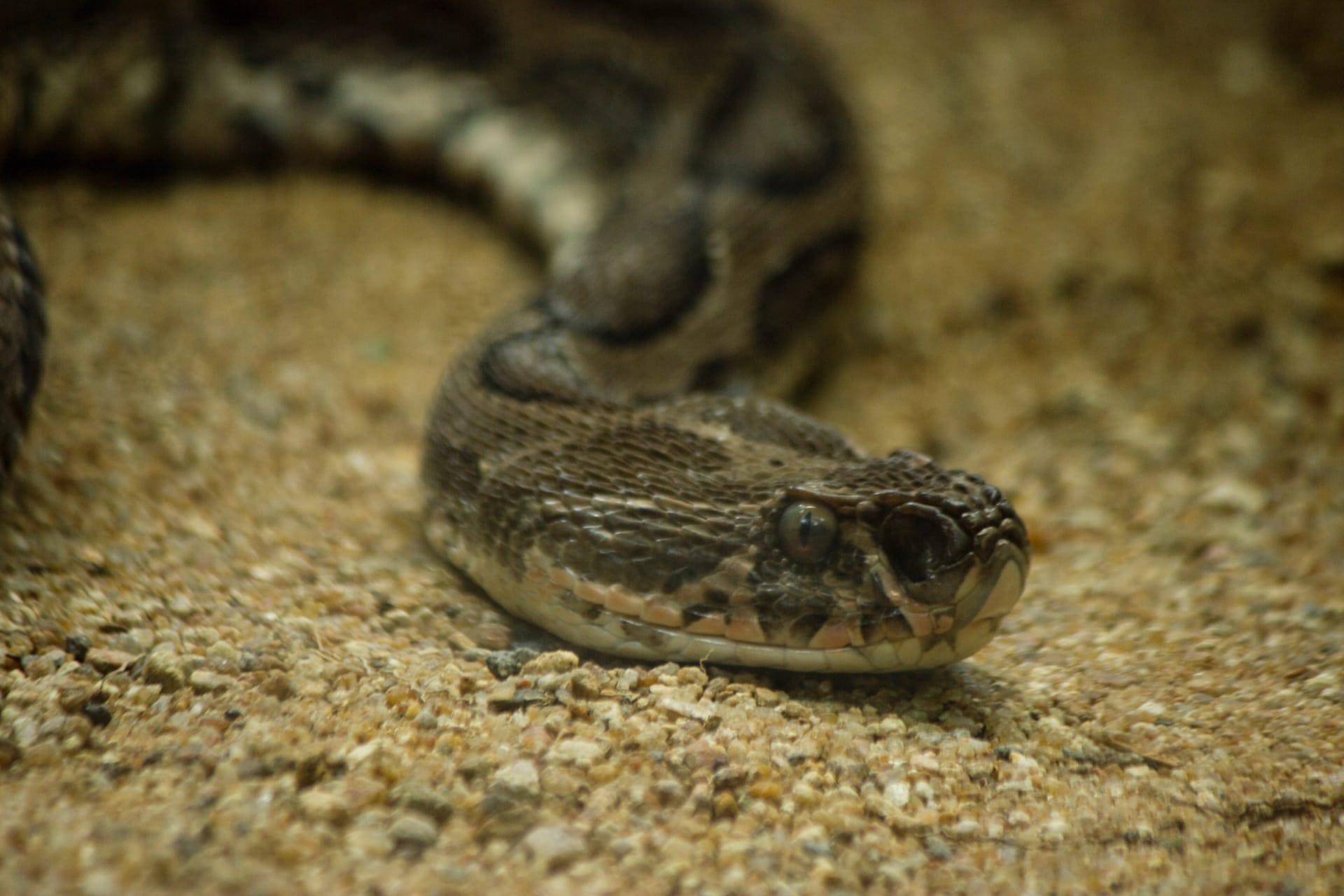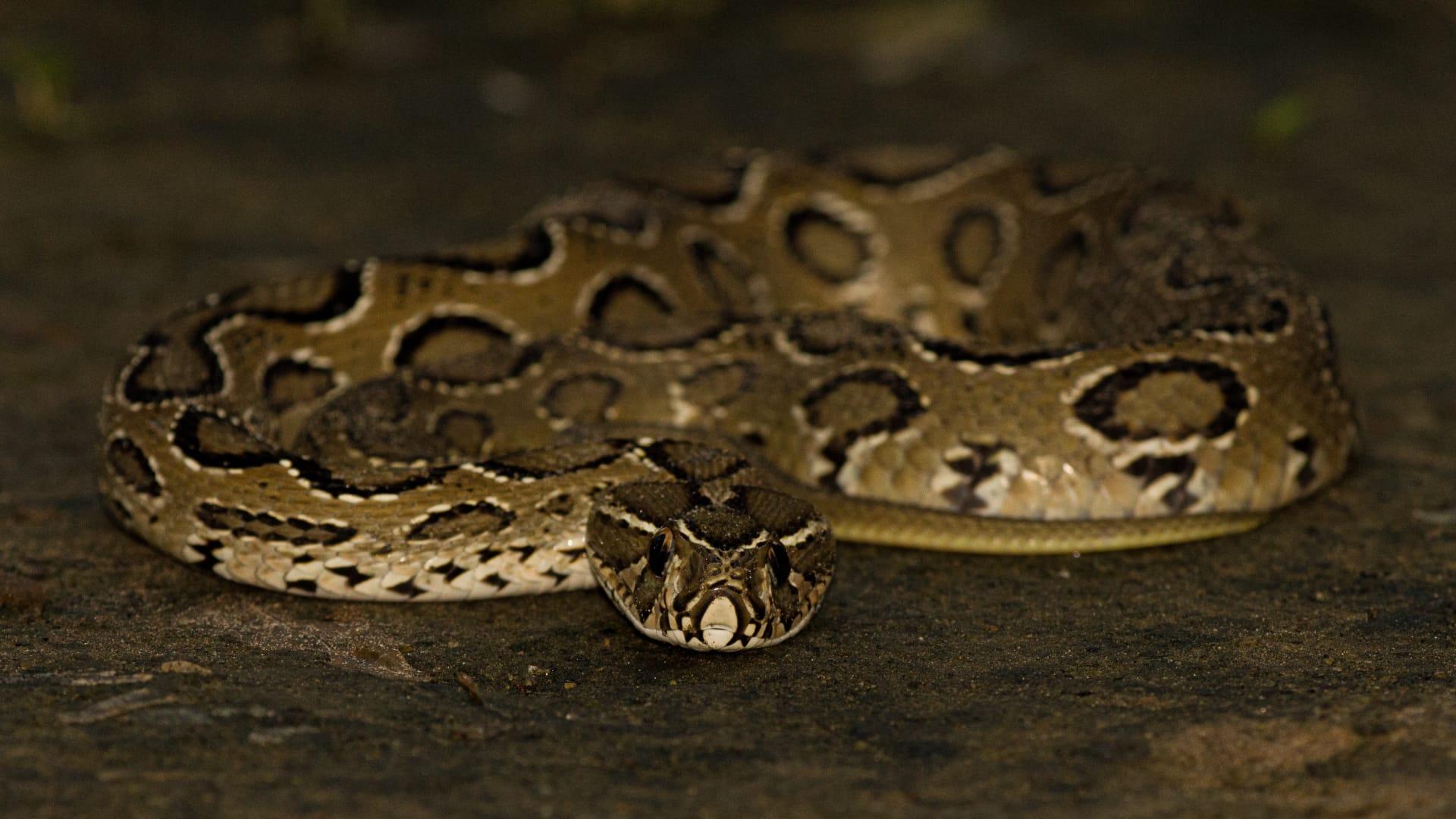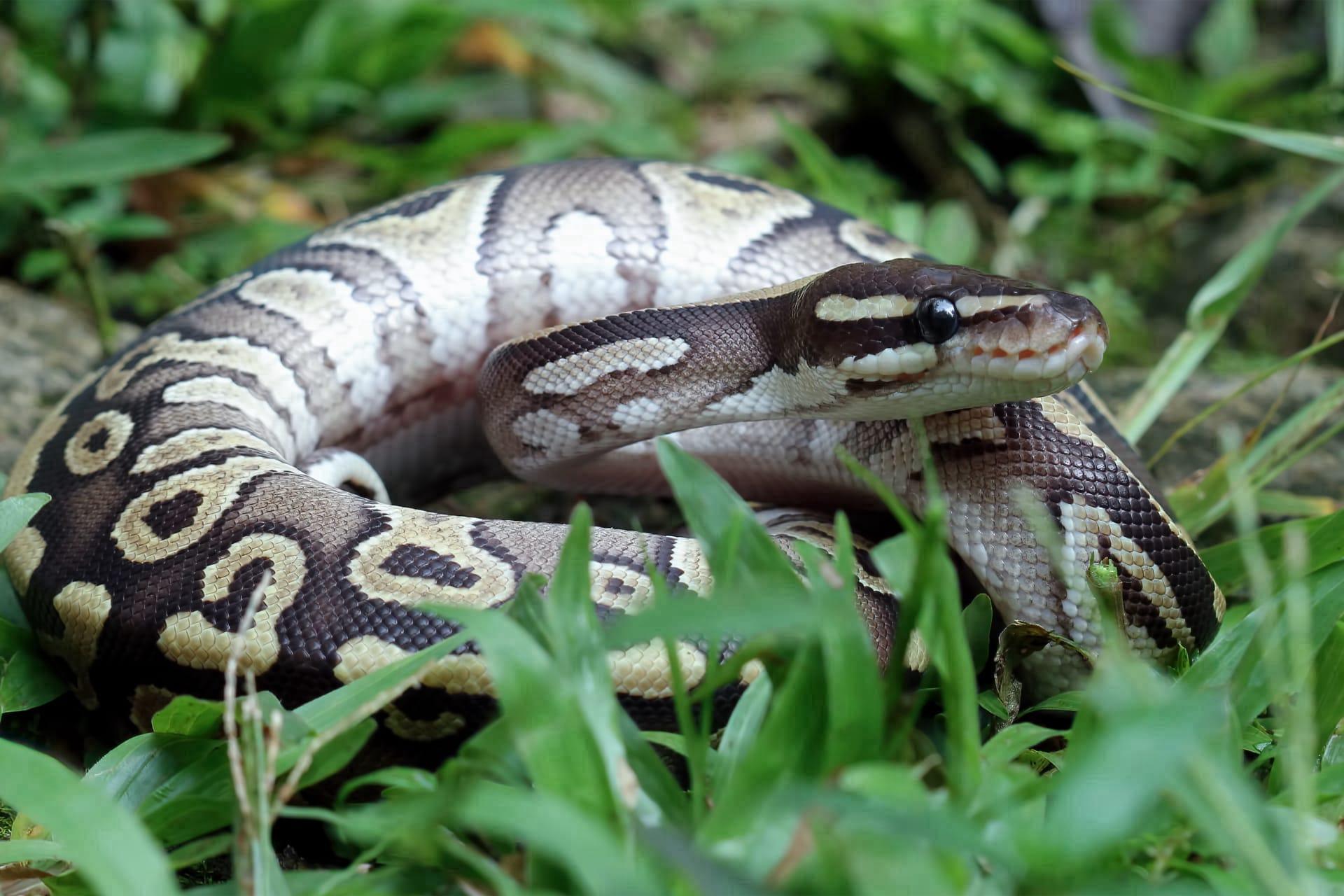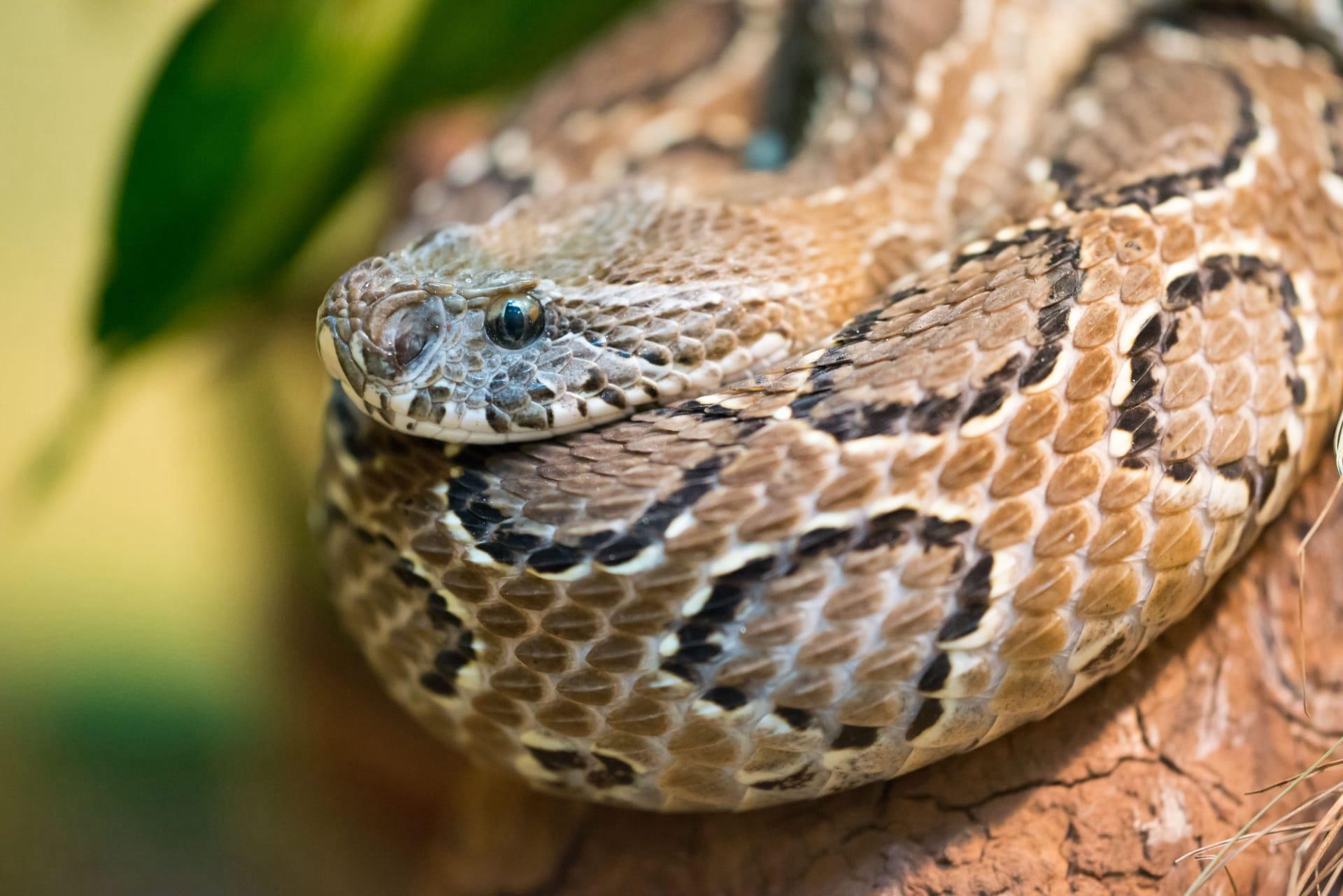Russells Viper
- Home /
- Mini Encyclopedia /
- Animal /
- Russells Viper
1
Russell's Viper, scientifically known as Daboia russelii, is a venomous snake species classified under the family Viperidae. This species stands out for its distinctive pattern and potent venom. It belongs to the genus Daboia, which is a group of old world vipers known for their deadly attributes. The specific name, russelii, honors Patrick Russell, a Scottish herpetologist who first described many of India's snakes.
Russell's Viper is predominantly found in Asia, with its distribution ranging from the Indian subcontinent, including countries like India, Pakistan, Bangladesh, and Sri Lanka, to Southeast Asia, extending to Taiwan and Indonesia. This snake prefers open, grassy or bushy areas and is commonly found in rural agricultural lands, which often leads to human-snake conflicts. Its presence in these areas is due to the abundance of prey like rodents. The viper's adaptability to various habitats contributes to its wide distribution.

2
Question: Is it true that Russell's Viper always delivers a fatal bite?
Answer: This is a common misconception. While Russell's Viper has a highly venomous bite, it's not always fatal. The severity of the bite depends on several factors, such as the amount of venom injected, the age and health of the victim, and the promptness of medical treatment. The viper's venom is hemotoxic, affecting blood and tissue. However, with timely and appropriate medical care, including antivenom, the chances of survival significantly increase. Understanding this nuance is crucial in both medical and conservation perspectives.

3
Russell's Viper employs a range of survival strategies that make it a successful predator. Its coloration and pattern provide excellent camouflage in its natural habitat, aiding in ambush tactics for prey capture. The snake primarily feeds on rodents, small mammals, and birds. It’s an ovoviviparous species, meaning it gives birth to live young instead of laying eggs. This reproductive strategy is advantageous in variable climates, as it doesn't rely on external temperature for incubation. Additionally, the viper's potent venom not only helps in subduing prey but also serves as a defense mechanism against potential predators.
Russell's Viper is nocturnal, becoming active in the evening and at night. This behavior aids in avoiding the extreme daytime temperatures of its habitat and also aligns with the activity patterns of many of its prey species. Its sensory pits enable it to detect warm-blooded prey in the dark. This adaptability in hunting and lifestyle helps maintain its population across diverse ecological regions.

4
In the ecosystem, Russell's Viper plays a significant role as both predator and prey. As a predator, it helps control the population of rodents and other small mammals, which can be pests in agricultural fields. This control aids in the balance of the ecosystem and can indirectly benefit crop production. Its role in controlling rodent populations highlights its importance in natural pest management.
Conversely, Russell's Viper is also prey for larger predators like birds of prey and certain mammals. This predator-prey dynamic is essential for maintaining ecological balance. Additionally, the presence of Russell's Viper can be an indicator of a healthy ecosystem, as it thrives in environments with abundant prey and suitable habitat. Its role in the food chain underlines the interconnectedness of species within an ecosystem.

5
Film: "Vipers: The Silent Assassins" is a documentary produced in the United Kingdom in 2019. This film delves into the world of various viper species, including Russell's Viper. It showcases their unique adaptations, hunting strategies, and the challenges they face in the wild. The documentary combines stunning visuals with insightful commentary, providing a comprehensive view of these enigmatic creatures.
Book: "Venomous Snakes of Asia" by George Sapford, published in Australia in 2021, is an extensive guide on Asia's venomous snakes, including a detailed chapter on Russell's Viper. Sapford's work is renowned for its meticulous research and vivid descriptions, making the book both informative and engaging for readers interested in herpetology.
Book: "Snakes of the Eastern World" by Dr. Lisa Thompson, released in the United States in 2020, is another notable book. It covers a variety of snake species, with a focus on Russell's Viper's habitat, behavior, and interaction with humans. Dr. Thompson's expertise in ecology brings a unique perspective to the subject, making it a valuable resource for both experts and enthusiasts.